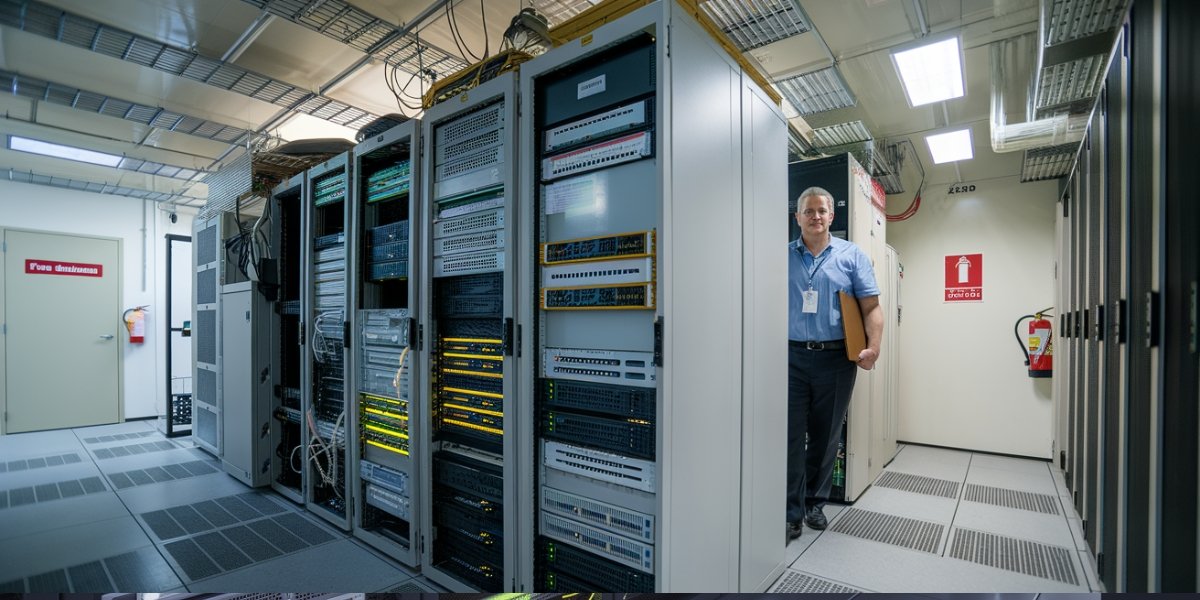The performance of your IT infrastructure is directly linked to the success of your business. An efficient IT infrastructure can enhance productivity, minimize downtime, and drive innovation in everything from day-to-day operations to data storage and security.
In fact, infrastructure optimization can improve operational efficiency. With so much depending on your IT setup, knowing how to optimize it is crucial for any business.
This blog will explore IT infrastructure best practices and actionable steps to ensure you are getting the best out of your systems.
 Infrastructure optimization is the process of enhancing the efficiency, security, and performance of your IT systems. It involves evaluating existing technology, updating outdated components, and implementing best practices to ensure that your IT operations are streamlined, reliable, and capable of supporting growth. The ultimate goal is to make sure your IT environment is cost-effective, secure, and able to handle future technological demands.
Optimization efforts could include upgrading servers, adopting cloud solutions, improving network security, and implementing new software tools that make daily operations more efficient. When done right, infrastructure optimization can lead to cost savings, increased productivity, and a better overall user experience for employees and customers.
Infrastructure optimization is the process of enhancing the efficiency, security, and performance of your IT systems. It involves evaluating existing technology, updating outdated components, and implementing best practices to ensure that your IT operations are streamlined, reliable, and capable of supporting growth. The ultimate goal is to make sure your IT environment is cost-effective, secure, and able to handle future technological demands.
Optimization efforts could include upgrading servers, adopting cloud solutions, improving network security, and implementing new software tools that make daily operations more efficient. When done right, infrastructure optimization can lead to cost savings, increased productivity, and a better overall user experience for employees and customers.
What Is IT Infrastructure?
IT infrastructure refers to the entire set of hardware, software, networks, data centers, and other components that support data management, processing, and storage. It includes everything from physical servers to cloud services and software tools a company uses to run its operations. IT infrastructure is the backbone of any organization, ensuring that business processes run smoothly, securely, and efficiently. Understanding your IT infrastructure is essential because it allows businesses to identify strengths and weaknesses. Poorly managed IT infrastructure can result in system outages, security breaches, and decreased productivity. Optimizing your infrastructure is key to achieving long-term business success.What Is IT Infrastructure Optimization?
 Infrastructure optimization is the process of enhancing the efficiency, security, and performance of your IT systems. It involves evaluating existing technology, updating outdated components, and implementing best practices to ensure that your IT operations are streamlined, reliable, and capable of supporting growth. The ultimate goal is to make sure your IT environment is cost-effective, secure, and able to handle future technological demands.
Optimization efforts could include upgrading servers, adopting cloud solutions, improving network security, and implementing new software tools that make daily operations more efficient. When done right, infrastructure optimization can lead to cost savings, increased productivity, and a better overall user experience for employees and customers.
Infrastructure optimization is the process of enhancing the efficiency, security, and performance of your IT systems. It involves evaluating existing technology, updating outdated components, and implementing best practices to ensure that your IT operations are streamlined, reliable, and capable of supporting growth. The ultimate goal is to make sure your IT environment is cost-effective, secure, and able to handle future technological demands.
Optimization efforts could include upgrading servers, adopting cloud solutions, improving network security, and implementing new software tools that make daily operations more efficient. When done right, infrastructure optimization can lead to cost savings, increased productivity, and a better overall user experience for employees and customers.
7 Tips To Optimize Your IT Infrastructure For Better Performance
Let’s break down some actionable tips to optimize your IT infrastructure effectively.1. Assess Existing Infrastructure Thoroughly
Before you can optimize anything, you need to know where you stand. Start by conducting a full assessment of your current IT infrastructure. This includes:- Evaluating hardware (servers, storage systems, etc.)
- Assessing software (applications, security programs, etc.)
- Reviewing network performance (latency, bandwidth, etc.)
- Analyzing your system’s capacity and future scalability needs
2. Server Optimization
Your servers are the workhorses of your IT environment, and optimizing them can significantly improve performance. Focus on server consolidation, virtualization, or cloud-based solutions to reduce resource consumption. The more optimized your servers, the less downtime you'll experience, and the smoother your operations will run. Server optimization can also involve load balancing and redundancy measures to prevent system overloads. Ensure that servers are regularly updated with the latest patches to prevent vulnerabilities.3. Seek Professional Expertise
Sometimes, optimizing IT infrastructure requires expertise beyond your internal team. Professional IT services can offer an outside perspective on what needs to be optimized, saving you time and resources. Hiring experts can be especially beneficial in a fast-growing region like Qatar, where businesses need to keep up with rapid technological advancements. Consulting with IT professionals ensures that you get tailored solutions that fit your business needs. From server upgrades to security assessments, an external IT service can pinpoint the exact areas of your infrastructure that require immediate attention.4. Update Software Regularly
One of the simplest ways to optimize your IT infrastructure is to ensure that all software is updated regularly. Software vendors frequently release updates that fix bugs, patch security vulnerabilities, and improve performance. Neglecting software updates can lead to slow performance, increased downtime, and even security risks. Consider automating the update process so that your systems always run the latest version of essential software. This will keep your IT environment secure and help you avoid unexpected performance issues.5. Hardware Assessment
Just as software requires regular updates, your hardware requires periodic assessments to ensure it's still functioning optimally. Over time, hardware can become outdated, significantly slowing down your IT operations. Regularly check all hardware, including servers, networking equipment, and storage devices. Consider upgrading to newer, more efficient models if your hardware is outdated. Modern hardware tends to have better processing power, which can speed up your system’s overall performance.6. Ensure Security Compliance
A secure IT infrastructure is a well-optimized IT infrastructure. One of the most critical aspects of infrastructure optimization is ensuring your systems are secure and compliant with industry standards. With cyber-attacks becoming more sophisticated, businesses must prioritize cybersecurity. This includes:- Installing firewalls and intrusion detection systems
- Encrypting sensitive data
- Regularly updating passwords and security protocols
- Performing regular security audits


